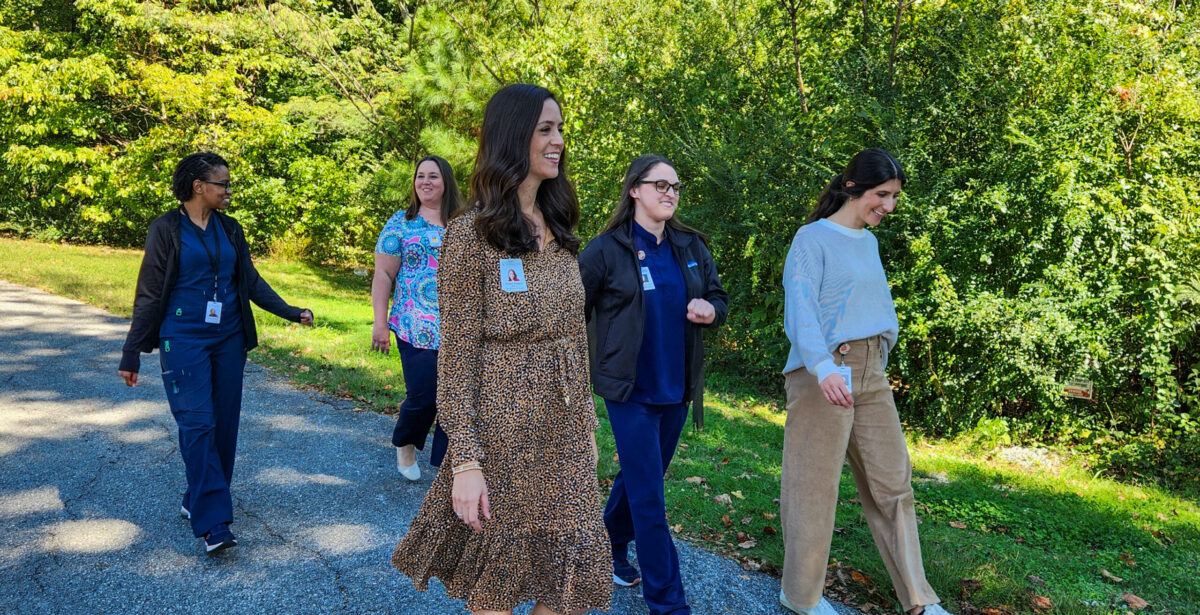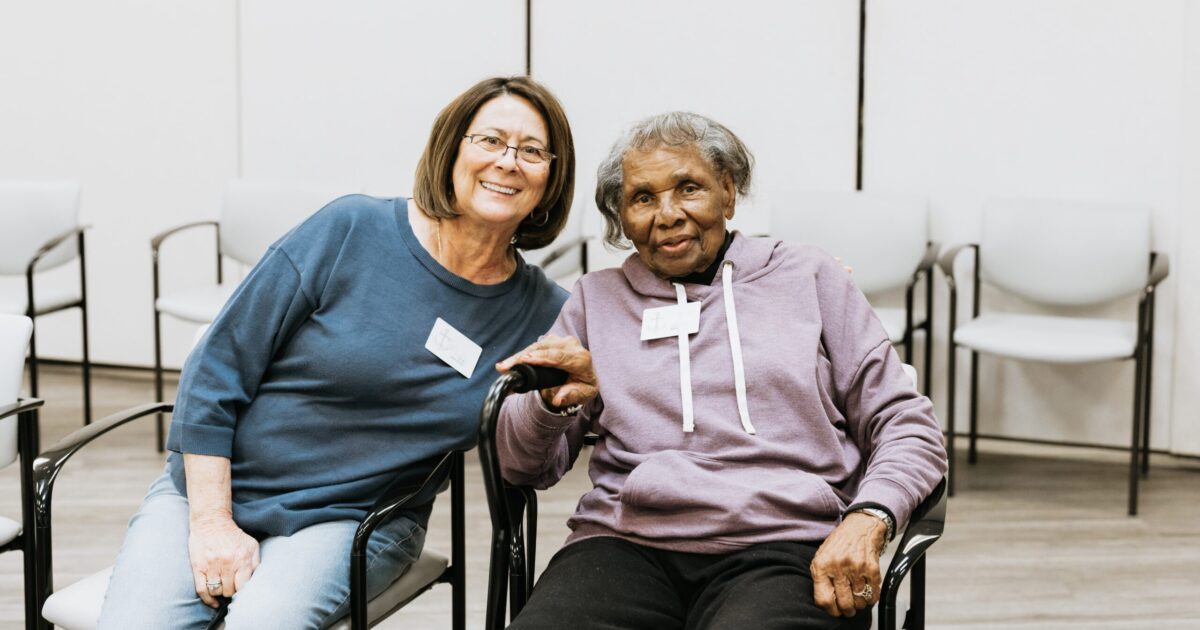How Children’s of Alabama saved Parker Williams of Hoover from a near-fatal heart defect
Reading time: 5 minutes
Partnered Content

A week before her due date, Ashley Neil Williams’ blood pressure was abnormally high, so her doctor ordered an ultrasound. What they found was devastating. This is the story of how that baby, Parker, survived a congenital heart defect against incredible odds—and how you can help patients like her at Children’s of Alabama in Birmingham next time you renew your car tag.
From Zero to Hope

Before Ashley knew it, she and her husband were meeting with a cardiologist and thoracic surgeon. Their unborn daughter had a heart with three heart chambers instead of four, as well as an intact atrial septum that would block oxygenated blood from circulating once she was born.
The baby’s chances of survival were close zero, and her parents faced a choice. After delivery, they could hold her for a few short minutes until she passed, or they could try to save her.
“I remember the doctor saying, it’s going to take some heroic measures. But we’re willing to do that if you want to try,” Ashley said.
Four days later, on November 9, 2015, Parker was delivered by Caesarean section.

“The minute they took her out, I remember them rushing her to an operating room next to me. She was completely blue, and they got her on ECMO.”
Ashley
ECMO, or extracorporeal membrane oxygenation, is a heart-lung bypass machine. That was the first critical step.
Next, they whisked Parker to the cardio cath lab for surgery on her atrial septum. “Cath” is short for catheter, as in the flexible tubes used in minimally invasive surgeries. High-tech equipment in the cath lab enables surgeons to see the heart vessels as they work. The kicker? For Parker to survive, doctors had to complete both steps in minutes.
A Lifesaving Hallway

Of course, all the medical advances, knowledge and skill in the world wouldn’t matter in Parker’s case if it weren’t for something seemingly simple—proximity.
In 2012, an addition named the Benjamin Russell Hospital for Children made Children’s of Alabama, located in Birmingham, one of the largest hospitals of its kind. More importantly, building plans included a 40-foot hallway connecting the Pediatric and Congenital Heart Center on the fourth floor to the Women and Infants Center at UAB.
The hallway enables doctors to transport high-risk infants from labor and delivery to critical and cardiac care in record speed. When every second counted, proximity literally saved Parker’s life.
Want to support pediatric cardiac research, physician training and care for children like Parker at Children’s of Alabama in Birmingham? Check out the Mending Kids’ Hearts license plate.
A Heart Transplant

Doctors weened Parker off ECMO after a couple of days. She received two open heart surgeries in her first five months. After continued complications, she was placed on the list for a heart transplant in March 2017. Two months later, she got it.
“I cannot think of one doctor nurse or anybody in any of my visits to Children’s of Alabama who did not give me a great amount of time explaining everything, and making sure that I was OK and that I understood everything they were telling me.”
Ashley
This year Parker turned three. Because of the transplant, her family, who resides in Hoover, must be careful about germs and take her to the heart clinic at Children’s every three months to check for signs of organ rejection. She was also recently diagnosed with cerebral palsy, so she attends therapy weekly.

But otherwise, the child who had a near zero chance of survival now has a full, normal life ahead of her.
“Don’t take life for granted. Parker has taught me to cherish and be grateful for the little things in life and that’s a pretty amazing feeling.”
Ashley
Learn more about Parker’s story.
How to Help Kids with Your License Plate
February is Heart Month. To celebrate, set a reminder to get the Mending Kids’ Hearts specialty plate next time you renew your car tag. You can purchase one at any Alabama Department of Motor Vehicle location for a cost of $50 in addition to your normal tag cost. Of that $50, $41.25 will go to Children’s of Alabama.
When your renew or purchase a Mending Kids’ Hearts specialty car tag, you help provide valuable funds for patient care, research and specialized physician training for the Pediatric and Congenital Heart Center at Children’s, one of the largest pediatric cardiovascular programs in the Southeast.
Learn more about the Mending Kids’ Hearts license plate.
Partner




 10988 views
10988 views
